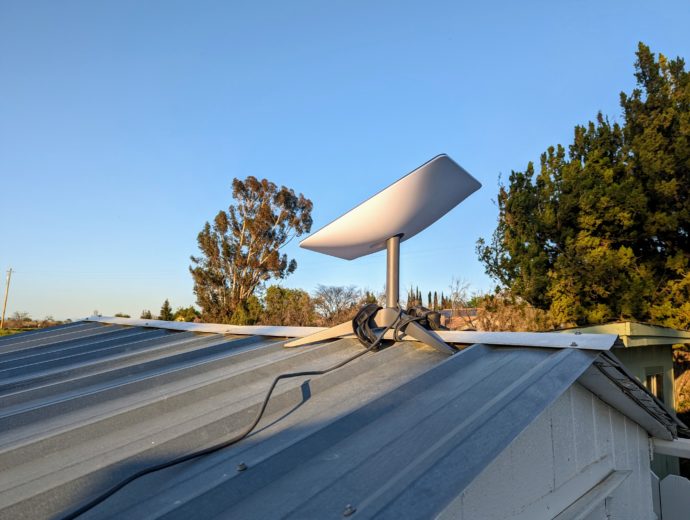adverts
Starlink, the satellite internet service from SpaceX, has only recently launched in markets like Zambia and Zimbabwe, but it is already oversubscribed in major cities across Africa.
In urban centres such as Harare, Lusaka, Nairobi, Accra, Port Harcourt, Abuja, and Lagos, potential users are unable to sign up due to the service being marked as “sold out” on Starlink’s online availability map.
This development is disappointing for many African internet users who had anticipated Starlink as a solution to longstanding connectivity challenges. Unlike in developed markets where Starlink serves as a backup for rural areas with limited terrestrial coverage, in Africa, it has quickly become a primary means of internet access—especially in cities where fixed-line broadband infrastructure is weak or prohibitively expensive.
adverts
The high demand for Starlink in Africa stems from the continent’s persistent internet accessibility issues. While mobile networks provide widespread coverage, they often suffer from congestion and reliability problems. Fibre-optic networks, on the other hand, are underdeveloped, particularly outside main urban centres.
Dawie de Wet, CEO of satellite broadband service provider Q-KON and its Southern African subsidiary Twoobii, explained that Starlink’s congestion issues arise from network capacity limitations.
“The network capacity of Starlink, like any other low-Earth-orbit (LEO) satellite network or even mobile network, is limited by the available network capacity and the network architecture,” de Wet said. “In areas where the demand of users per area is higher than the designed network capacity, the network will become congested unless access by new users is restricted until more capacity is added.”
LEO satellites operate in a global mesh, with multiple satellites moving in different orbits to ensure worldwide coverage. However, when they pass over dense urban areas, they must distribute bandwidth among a significantly larger number of users, leading to potential congestion unless more satellites are deployed or new sign-ups are restricted.
Another critical factor impacting Starlink’s performance in Africa is the availability and capacity of ground stations. These facilities connect the satellites to the internet backbone, processing data requests and relaying them between users and the wider network.
Even if Starlink can manage the demand with additional satellites, the quality of a country’s domestic internet infrastructure plays a crucial role.
According to de Wet, a robust ground network with multiple fibre backhaul links and internet exchange points can significantly enhance performance.
South Africa, for example, benefits from an extensive terrestrial fibre backbone and multiple undersea cable connections, ensuring high-speed connectivity. The country also has a greater number of data centres and internet exchange points, allowing for data caching and reduced latency. By contrast, landlocked nations such as Zimbabwe and Zambia have fewer high-capacity fibre connections to the global internet, which can limit the effectiveness of Starlink and other satellite services.
De Wet emphasised that consumers need to understand the role of LEO satellite networks like Starlink. While they are vital for rural and remote areas with no existing broadband options, they are not designed to replace fibre or mobile networks in urban settings.
“Step one is to appreciate that all technologies have different value propositions and that Starlink and other LEO networks—some already operating in South Africa like OneWeb, and others still coming—are not focused on competing with the fibre networks. The solution is to distribute and use the technology for the user segment it is designed for,” de Wet said.
As Africa’s demand for high-speed internet grows, it will be crucial for countries to expand fibre infrastructure and invest in alternative connectivity solutions.
While Starlink provides a much-needed option, it cannot be the sole answer to Africa’s digital divide. Expanding terrestrial broadband, improving mobile network reliability, and increasing data centre capacity will be key to ensuring sustainable, high-speed internet access across the continent.
GOT A STORY?
Contact/WhatsApp: +233243201960 or Email: manuelnkansah33@gmail.com


